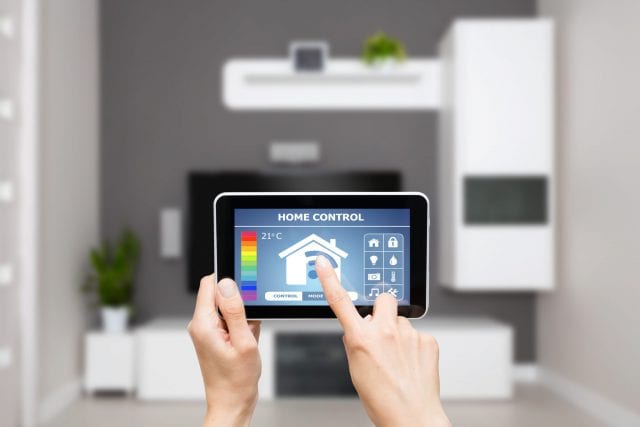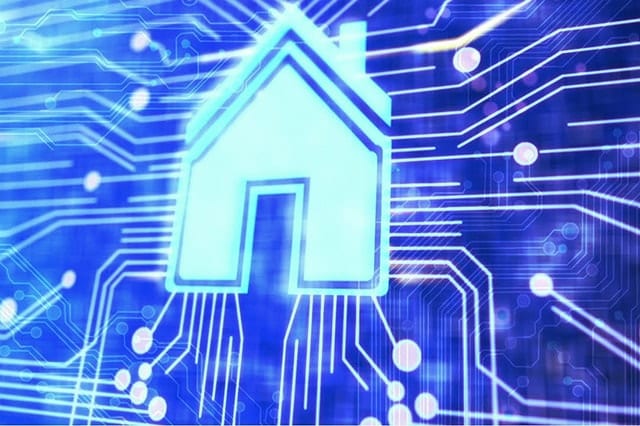Thanks to the rapid rise of smart devices on the market, we’re building smart homes sooner than expected. This exciting prospect has a major caveat: most of today’s smart gadgets offer little to no resistance against cyberattacks. With that crucial flaw in mind, how can we protect our homes from hacking and snooping?
Change the default passwords and usernames your home network router uses out of the box
All hackers need to do is scour online forums to find the default username and password for your router. That’s the sad reality. Err on the side of caution by switching the default one to a personalized passphrase once you’ve set up the device. The same principle applies to all your smart appliances, too.
Not sure how to change passwords on your router? Check with the manufacturer or the user manual as they’ll likely provide instructions on how to change the default passcode.
Friendly Tip: Need help making a formidable password? We’ve got this handy tip on creating strong passwords (without help from a password manager).
Create separate networks for every smart device registered on your home network
Cyber security firms often advise homeowners to keep smart devices isolated from the computers on the main home network. In other words, build an exclusive network for your computer, printer, and associated peripheral devices and have a separate SSID for additional household devices (e.g. smart TVs, gaming consoles, etc.)
By creating this unique setup, hackers can be limited to exploiting only one network in case they successfully infiltrate a device using malware. Your other smart devices and computers are essentially safeguarded even after an initial security breach.
Friendly Tip: Research whether your router allows you to create a second network for guest access. Get the confirmation through the model’s manual or the manufacturer’s website. If it comes with such a feature, read up on how to enable a guest network on your home’s wireless connection.
Install a security appliance at home

In case you missed the news, networking hardware with enhanced security measures are on the rise. They’re designed with cyber security in mind and having one at home protects all your connected devices. Two of the most popular options you’ll find on the market are Norton Core and Bitdefender Box 2.
Friendly Tip: Don’t hesitate to download antivirus programs to your smartphones, tablets, and computers, too. Don’t just download any cyber security suite, though. We recommend you use those apps vetted by independent security professionals like AV-TEST.
Disable your router’s or device’s Universal Plug and Play (UPnP) feature
Although this feature’s primary purpose is to make it easier for devices to connect to a network, the Department of Homeland Security recommends you disable it. UPnP, as it turns out, subsequently makes it easier for malware to bypass your firewall and infiltrate your wireless network.
Friendly Tip: To turn off the feature, you’ll have to check with the router and device manufacturer. They should be able to provide you with the necessary steps.
Have the latest security patches/firmware updates installed on your smart product or router

We’re all guilty of disregarding those phone prompts telling us to complete a software update. We make our devices more vulnerable to dangerous malware that way, though.
This dilemma is emphasized even more on most smart home devices. You see, most of these smart products don’t update automatically so you’ll have to open its partner app to check for firmware updates. Yes, you need to do this for each one of your smart lights, smart refrigerators, etc.
Friendly Tip: We’ve seen smart hubs that update its firmware automatically and these will prove to be handy investments for anyone wanting to build a more secure smart home. Other smart products also have a similar feature but, they may have it disabled by default.
Chances are, most of us have one smart device sitting in our home right now. Even if you don’t (and let’s say you’ve got zero plans to create a smarter home), you probably have a smartphone/tablet/laptop sporting Internet connectivity.
Either way, we all have an open window where cyber felons can launch an offensive against us and our gadgets. Things aren’t going to look pretty when that happens—trust us.
On the flip side of the coin, you can choose to ignore these recommendations. You’re within your rights to refrain from fortifying your smart devices’ or smart appliance’s security, after all. But if there’s anything the major cyberattack last fall taught us, it’s this: the consequences of inaction will be dire.
For a more secure home and a safer Internet, do your part and keep all your connected devices protected from privacy intruders and hackers. It never hurts to be extra cautious in this case.


